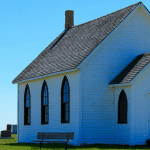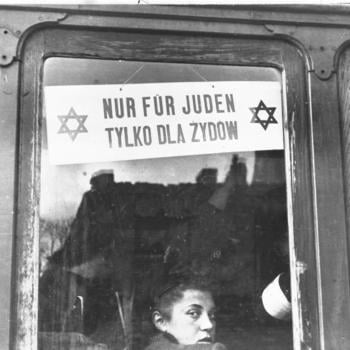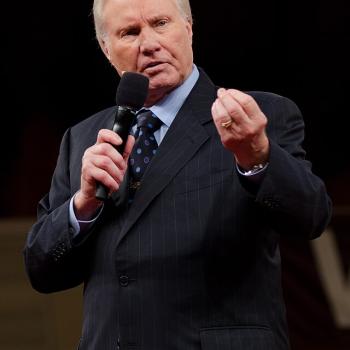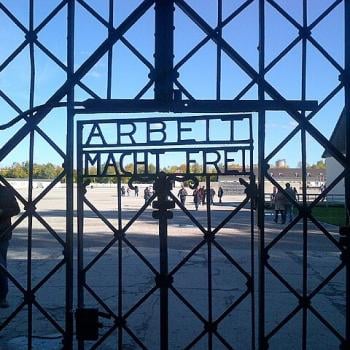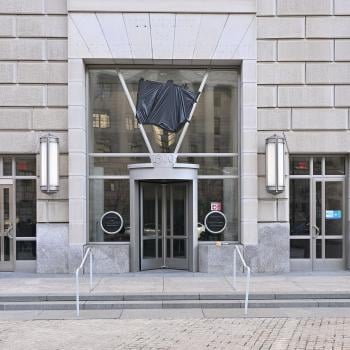“The Upside-Down Kingdom,” Chapter 3: “Temple Piety”
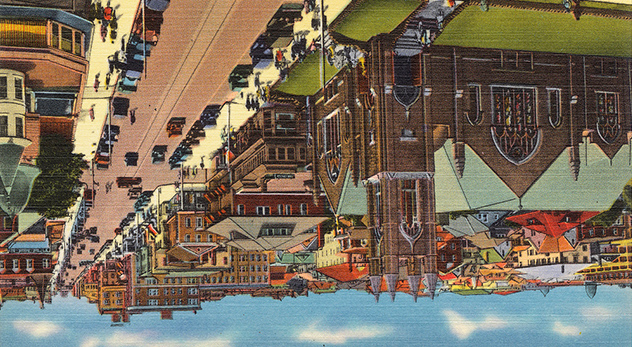
According to our author Donald Kraybill, Jesus was an “upside-down Messiah.” Most of the Jews of Jesus’s day expected a powerful messiah who would throw off Roman rule and liberate the people of Israel from all foreign domination. They hardly expected a suffering messiah or one who would reject the formal piety and legalism of the popular and established religion of his people. (Note: It is interesting that in his description of the Pharisees Kraybill avoids the usual harsh condemnation of them as absolute and fanatical legalists. At the same time, however, he does stick to the tradition idea that they were purists of Judaism as they understood it and attempted to keep Torah—including much interpretation not in the actual Torah—very strictly.)
A crucial passage in this chapter is “When religious practices grew stale he [Jesus] turned them upside-down and inside out and called them back to their original purpose. He refused to bless religious structures, which ranked people by their pious deeds. He replaced the machinery of formalized religion with compassion and love.”
Jesus replaced ritualized piety and legalism with “Care for the lost, compassion for the poor, and love even for enemies. … The new heroes were the castaways of institutional religion. They were repentant sinners, publicans, confessing tax collectors, and harlots. And what of the old heroes—scribes, priests, Pharisees, and Sadducees—the guardians of the sacred ritual? They now were dethroned, brought low, and told to become like children. No wonder his message annoyed them. No wonder they killed him.”
So, what to say about this rather brief chapter?
A story: I used to ask my seminary students what church they thought Jesus would attend if he came to town. Almost without exception they volunteered the same answer: “The Church Under the Bridge”—an independent, evangelical church that met under an interstate overpass near downtown, fed the hungry, reserved the front seats for the infirm (in body or mind), and invited anyone who wanted to attend but especially people who for whatever reason(s) felt excluded or unwelcome in the “steeple churches” of the city. I think Kraybill would agree.
Another story: Many years ago I briefly attended a magnificent “Pentecostal cathedral” in the suburbs of a Midwestern city. There was then probably no more beautiful, ornate, expensive Pentecostal church anywhere in America. The church had recently moved into that new building after deserting its traditional place of worship in what had become a diverse and relatively poor neighborhood not far from downtown. In that old neighborhood, in a nice but old edifice, the leaders of the congregation had told Sunday School and youth workers not to invite black children or families to the church. If some visited, they should not visit them back, something they were encouraged to do with white children and their families. (I know this from friends and relatives who were there and heard it said by the Sunday School superintendent with the support of the pastor.)
One Sunday I came to the new church (building) and saw five large “teepees” on the front lawn. During the worship service a leader of the congregation told members and attenders not to visit the AIM (American Indian Movement) people camping out on the front lawn because their presence was meant as some kind of protest against the church’s move.
So, again, what to say about this chapter and Kraybill’s claims about Jesus’s “upside-down” messiahship. Of course, what Kraybill intends is not that Jesus rejected true Judaism but that he rejected what established “Jerusalem Judaism” had become in favor of a religion of the people and especially of people open to God but excluded by the establishment leaders of religion because they were in some way “unclean.”
In that same Midwestern city mentioned above, I grew up in a church of the same denomination in the poorest neighborhood. Almost all its members were poor. The neighborhood was rejected by the city so that there was no infrastructure there. No paved roads, no city water (only well water), no useable sidewalks, no sewer, no bus service, nothing. And yet, I could see the state capitol building with its gleaming gold-leaf dome up on a hill across a valley of railroad tracks from the front yard of the house where I lived near the church. The city, the county and the state wanted people to move out of the neighborhood because it was “wet.” It lay next to the confluence of two rivers and tended to flood. Our church was not a “church for the poor” but a “church of the poor.” And Jesus was among us.
*Note: If you choose to comment, make sure your comment is relatively brief (no more than 100 words), on topic, addressed to me, civil and respectful (not hostile or argumentative), and devoid of pictures or links.*


